With the Georgia runoff elections settled and Democrats poised to take control of both Houses of Congress, a path exists to achieve President-elect Joe Biden’s pledge to work toward 100% clean electricity nationwide by 2035 and invest $2 trillion into the energy transition.
The path is not an entirely smooth one, however. Democrats will lack a filibuster-proof majority in the Senate. Without bipartisan support, legislation still can be slowed or blocked entirely by Republicans.
Then there is the nontrivial matter of who chairs two pivotal congressional committees. The two lawmakers who will be key if Biden’s energy goals are to be achieved are the expected chairs of the House Energy and Commerce Committee and the Senate Energy and Natural Resources Committee: Representative Frank Pallone (D-NJ) and Senator Joe Manchin (D-WV).
The committees serve as gatekeepers to passing any meaningful renewable energy policy and both committee chairs are Democrats, like Biden. But legislative success isn’t a simple matter of party alignment.
To understand what the future of energy and climate policy will look like, it’s critical to understand these two chairs first as representatives of their states.
The Senate’s ‘most conservative Democrat’
Joe Manchin is West Virginia’s Democratic senator, serving alongside Republican Shelley Moore Capito.
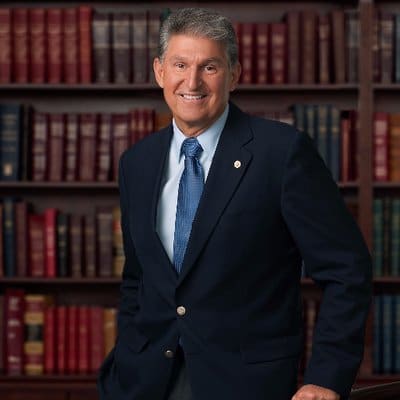
Image: courtesy of Joe Manchin on twitter (@Sen_JoeManchin)
Manchin has been frequently described as the senate’s most conservative Democrat. West Virginia’s historic role as a major coal mining state means that Manchin’s career has often been aligned with the coal industry.
For example, he long retained financial ties to a coal brokerage that he helped run before being elected to the Senate; is the fourth-largest recipient of coal mining donations in the U.S. Senate to date, according to Open Secrets; and famously fired a rifle at cap-and-trade bill as part of a campaign commercial.
Policy-wise, Manchin has taken an unequivocal stance against ending the current filibuster, opposed the Green New Deal and has been historically in favor of an “all-of-the-above energy policy,” with specific focus on developing technologies aimed at trapping carbon dioxide produced by fossil fuel burning before it enters the atmosphere.
In 2019, he said, “While I appreciate the renewed conversation around climate change that the Green New Deal and its supporters have sparked, I think we need to focus on real solutions that recognize the role fossil fuels will continue to play.”
Manchin was also the only Democrat on the Energy and Natural Resources Committee who failed to sign on to a letter calling on Federal Energy Regulatory Commission (FERC) appointee and former professional fossil fuel advocate Bernard McNamee to recuse himself from any rule makings where one resource would be pitted against another.
Manchin’s appointment to ranking member of the Energy and Natural Resources Committee was described by 350.org as “completely at odds with any plan for real climate action.”
For Pallone, it’s healthcare first
Frank Pallone represents New Jersey’s 6th Congressional District and has served as chair of the Committee on Energy and Commerce since 2019.
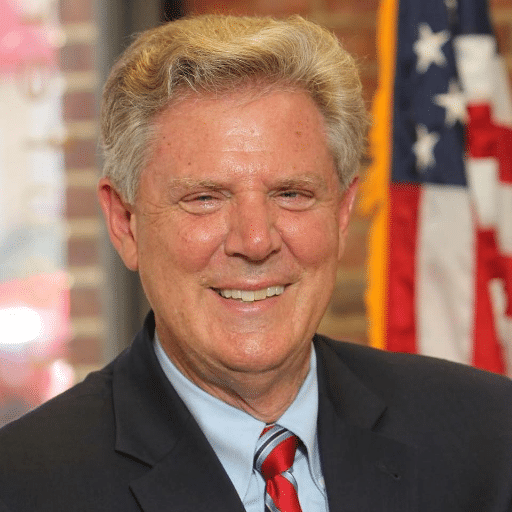
Image: courtesy of Frank Pallone on twitter (@FrankPallone)
Where Manchin’s relationship with climate change and renewable energy is long and well-documented, the same is not so true of Pallone, whose chief political focus has been on healthcare, which is also overseen by committee.
Unlike West Virginia, New Jersey has been a leader of the energy transition, with continued support for the development of solar and energy storage technologies.
But like Manchin, Pallone takes a somewhat more conservative approach toward energy and climate policy, at least for a Democrat.
For example, Pallone does not support the Green New Deal, and would instead prefer to pursue a policy of incremental change. Pallone has also expressed opposition to the creation of a select committee on Climate Change.
Legislatively, Pallone pushed the Climate Leadership and Environmental Action for our Nation’s Future Act — or CLEAN Future Act, in lieu of the Green New Deal.
Pivotal roles
With Pallone’s policy focus on health care rather than energy and Manchin taking what some may describe as an antithetical stance towards President-elect Biden’s climate and energy goals, their critical role in Congress could spell trouble for clean energy goals.
That may not be the case, however.
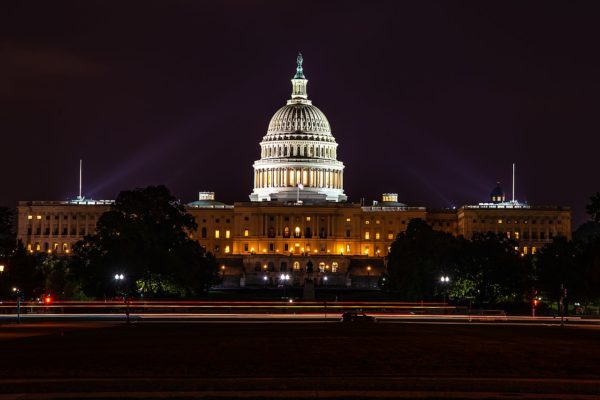
AnthonyTPope/Wikimedia Commons
Biden ran on a $2 trillion climate investment pledge. As the chairs of the committees that will largely craft the policies that bring this pledge to fruition, Pallone and Manchin have obligations to their party that go beyond their personal and home-state interests. No doubt, enormous pressure will be focused on these two chairs to deliver rapidly on the new President’s priorities.
In return for playing ball, however, it is likely that we will see some specific provisions that will benefit their home-state interests.
For Manchin, the most pressing interest will be the future of energy employment in West Virginia. Some observers argue that he will work to shape the way that Biden’s policies are delivered to minimize harm and maximize benefit to coal miners in particular.
Manchin isn’t blind to the move towards renewable energy and away from fossil fuels and he likely doesn’t want to impede the inevitable. What he will likely look for in return is a just transition for West Virginians who will find themselves out of a job as the coal industry continues to decline. Finding new means of economic development, workforce training and job transition are going to be what Manchin needs in return for his help with Biden meeting the goals of his platform.
With that sort of understanding in place, observers think that Manchin will become an ally for more climate and renewable energy-aggressive Democrats.
“I think this is a tremendous opportunity for everyone, as Americans, to have this kind of leadership at the administrative level and infused throughout all of the executive administration departments,” SEIA’s Vice President Of Congressional Affairs, Erin Duncan, told pv magazine USA. “I don’t have any doubt that, under their leadership, we will see some really positive action.”
“We saw that already from the House and the Senate last year, with the big infrastructure package that Mr. Pallone helped craft and the energy bill that Mr. Manchin fought and scrapped to have pulled together,” Duncan continued, “That’s a testament to their commitment to legislating.”
A focus on transmission
One place that the two chairs and the new administration will be able to find common ground comes from an oft-overlooked aspect of the energy transition: transmission.
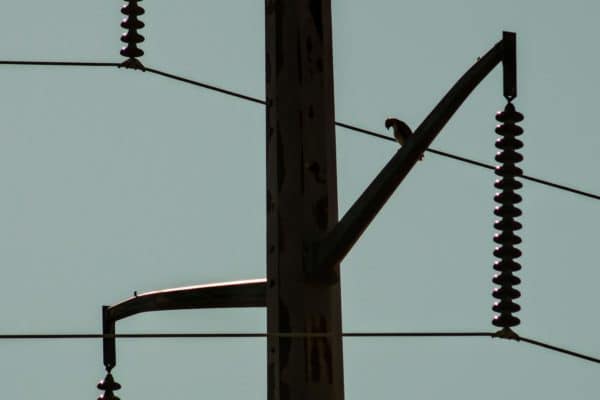
Image: David Wagman
Manchin has long been a supporter for investment in an inter-regional, high-voltage transmission network, in part because it’s source-agnostic: electrons move across the transmission infrastructure regardless of whether they are generated by fossil or renewable energy resources.
Seen this way, investment in transmission upgrades would require a significant labor force, creating jobs across the country, as well as in Manchin’s home state.
It’s an issue that Manchin’s been vocal about in the past, telling the audience at the 2020 WIRES Fall Member Meeting, “We know that transmission is an essential component of a reliable and resilient grid because we know what happens when congestion disrupts the system.” He argued that in addition to cost-effective energy storage, “long distance, interregional transmission can be the key to accommodating more intermittent generation on the grid without sacrificing reliability or affordability.” He argued that if done in the right way, “expanding transmission can be an economic boon for rural communities.”
Working with the left
While Manchin, Biden and the rest of the Democratic party may be able to find common ground on the issue of transmission, cooperation likely won’t end there.
The sunrise movement has gained significant traction within the Democratic party, with its members expecting much more than just green infrastructure investment provisions. Without meeting some of these larger party demands, Pallone and Manchin risk causing a schism within the Democratic party.
Any such rift would make passing significant climate and energy policy all but impossible. Some issues will likely sidestep the risk of filibuster by Senate Republicans by falling under the Congressional Review Act; however that act’s scope largely covers undoing some of the Trump Administration’s regulatory rollbacks.
At the end of the day, President Biden will have to deliver on some of the climate and energy policy that became foundational to his campaign and Democrats. Left-leaning members of his party will likely demand a more-than-moderate agenda on climate and energy policy.
And as key gatekeepers, neither Pallone nor Manchin are expected to oppose either president or party. Meaningful energy and climate legislation likely will be passed within the next two years, while Democrats control both the legislative and executive branches of government.
This content is protected by copyright and may not be reused. If you want to cooperate with us and would like to reuse some of our content, please contact: editors@pv-magazine.com.
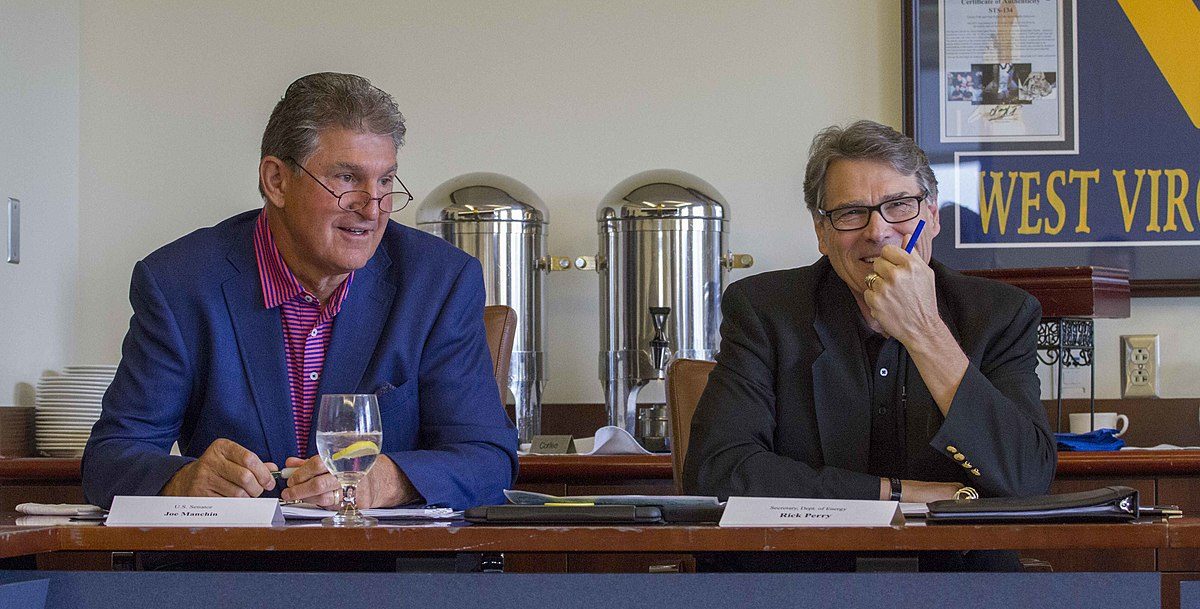








To see Manchin put in charge of this is a disappointment, to say the least! His track record on the Climate Crisis disqualifies him from this position!
I agree. And he is truly a DINO. I expect massive subsidies and “investment” into carbon capture research.
Someone in another article suggested it would be cheaper and easier for the RE industry to just pay the coal miners to retire. Might be the smart way to go.